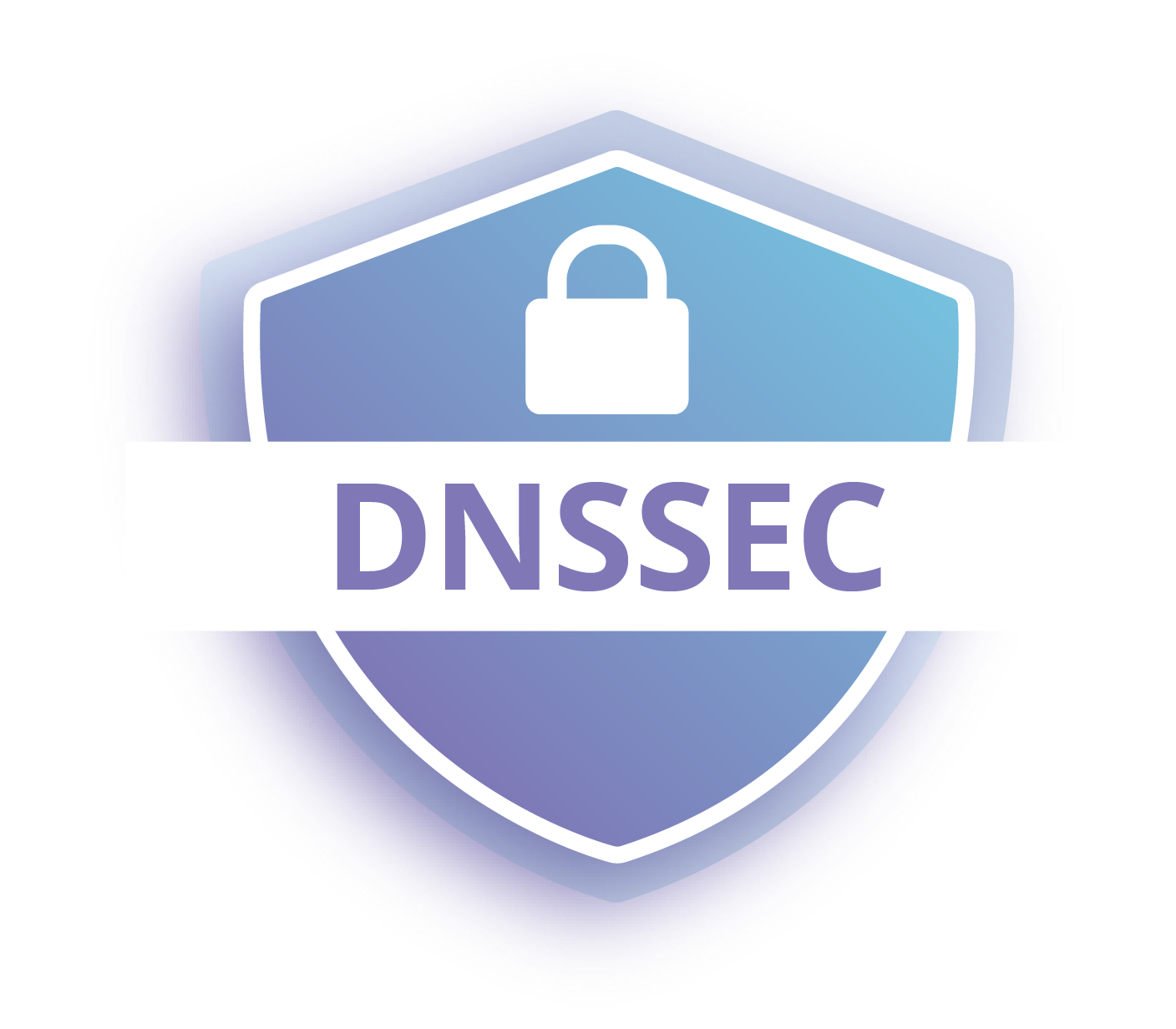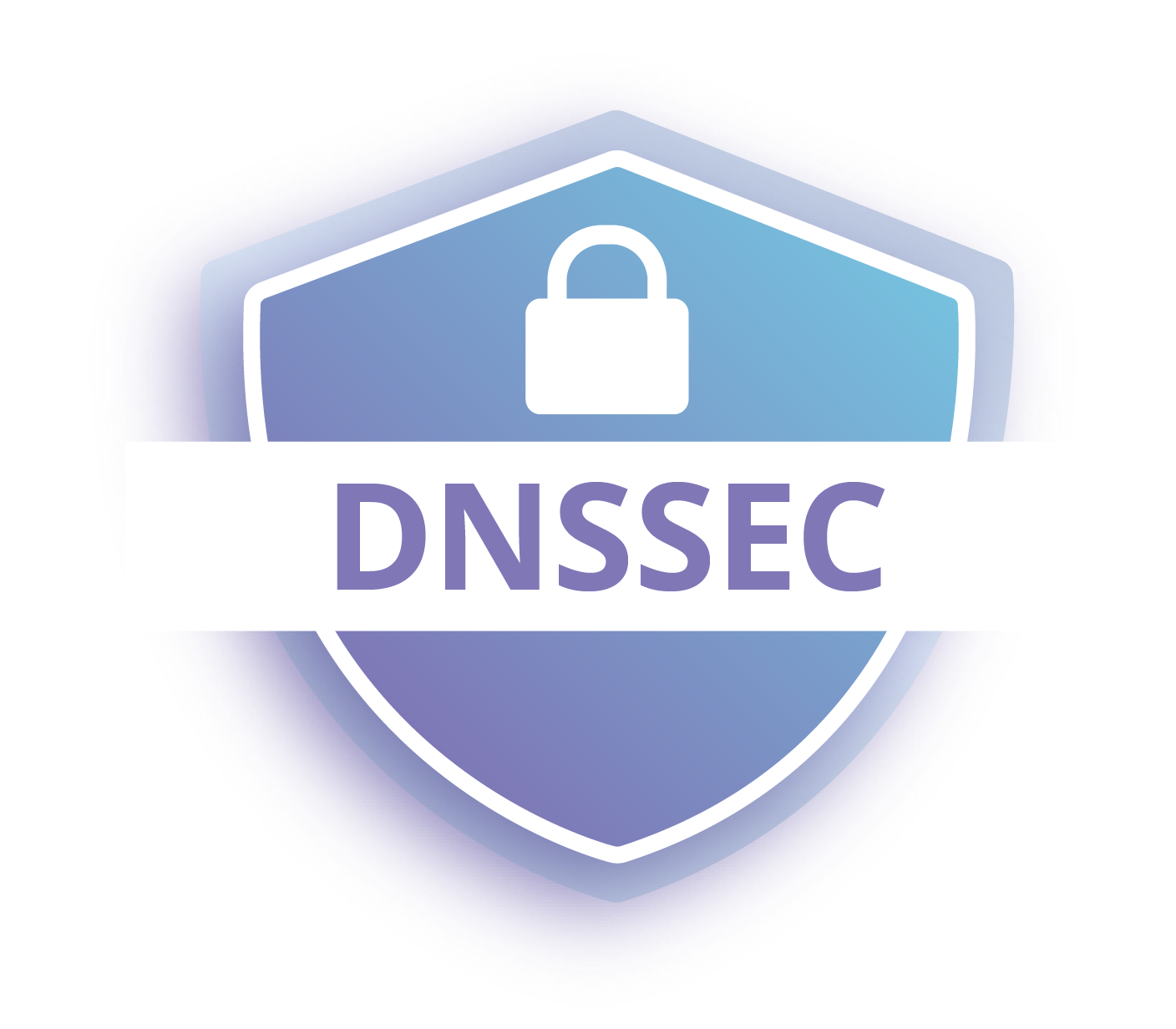Expanding DNSSEC Adoption


Cloudflare first started talking about DNSSEC in 2014 and at the time, Nick Sullivan wrote: “DNSSEC is a valuable tool for improving the trust and integrity of DNS, the backbone of the modern Internet.”
Over the past four years, it has become an even more critical part of securing the internet. While HTTPS has gone a long way in preventing user sessions from being hijacked and maliciously (or innocuously) redirected, not all internet traffic is HTTPS. A safer Internet should secure every possible layer between a user and the origin they are intending to visit.
As a quick refresher, DNSSEC allows a user, application, or recursive resolver to trust that the answer to their DNS query is what the domain owner intends it to be. Put another way: DNSSEC proves authenticity and integrity (though not confidentiality) of a response from the authoritative nameserver. Doing so makes it much harder for a bad actor to inject malicious DNS records into the resolution path through BGP Leaks and cache poisoning. Trust in DNS matters even more when a domain is publishing record types that are used to declare trust for other systems. As a specific example, DNSSEC is helpful for preventing Continue reading
 When asked about Kurian, who heads the company’s cloud business, Co-CEO Mark Hurd said “we expect him back.” But Hurd refused to say when that will happen.
When asked about Kurian, who heads the company’s cloud business, Co-CEO Mark Hurd said “we expect him back.” But Hurd refused to say when that will happen. Startups share their path to market with their global telecommunications providers at TC3 Summit 2018.
Startups share their path to market with their global telecommunications providers at TC3 Summit 2018.
 Distributed computing with Red Hat OpenStack Platform allows the Contrail Edge Cloud to remotely manage the lifecycle of compute nodes and virtual machines (VMs) from a centralized data center without requiring co-located OpenStack control plane functions in each of these remote edge sites.
Distributed computing with Red Hat OpenStack Platform allows the Contrail Edge Cloud to remotely manage the lifecycle of compute nodes and virtual machines (VMs) from a centralized data center without requiring co-located OpenStack control plane functions in each of these remote edge sites. I lived through the 3G and 4G hype but I don’t remember the breadth of hype being quite as insane as it is for 5G.
I lived through the 3G and 4G hype but I don’t remember the breadth of hype being quite as insane as it is for 5G. Both vendors have scored significant 5G deals with all of the major U.S. operators but are not afraid to throw shade at each other.
Both vendors have scored significant 5G deals with all of the major U.S. operators but are not afraid to throw shade at each other. South Korean operator SK Telecom picked these three equipment vendors for its 5G deployment. The company plans to launch 5G in the first half of 2019.
South Korean operator SK Telecom picked these three equipment vendors for its 5G deployment. The company plans to launch 5G in the first half of 2019. The hyperconverged infrastructure system is designed for edge deployments. It includes automated virtualization, compute, storage, and power management resources, along with built-in redundancy.
The hyperconverged infrastructure system is designed for edge deployments. It includes automated virtualization, compute, storage, and power management resources, along with built-in redundancy.